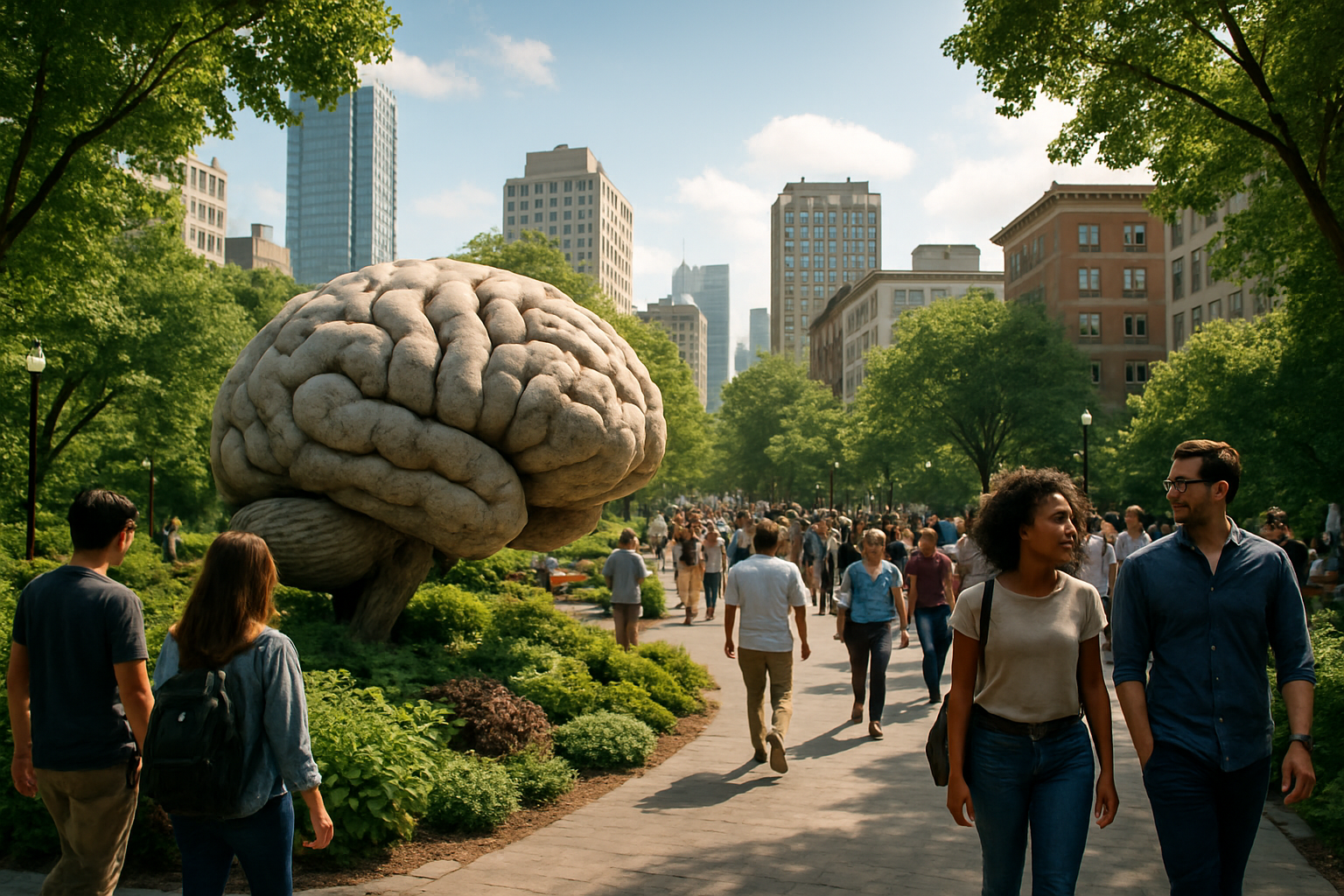Neurosocial Urbanism: Reshaping Cities Through Cognitive Science
The intersection of neuroscience and urban planning is giving birth to a revolutionary approach in city design. Neurosocial urbanism, an emerging field, seeks to create urban spaces that enhance human well-being, social interaction, and cognitive function. This innovative concept is transforming how we think about city living, promising to build environments that nurture our brains and foster community connections. Read below to explore how this cutting-edge approach is reshaping our urban landscapes and social fabric.

The Genesis of Neurosocial Urbanism
Neurosocial urbanism emerged from the convergence of several fields of study in the early 21st century. Neuroscientists began to explore how environmental factors influence brain function and development, while urban planners increasingly recognized the limitations of traditional city designs in addressing modern social and psychological needs. The field gained momentum as researchers started to uncover the neurological impacts of urban living, from stress responses to cognitive performance and social cognition.
Key Principles of Neurosocial Urban Design
At its core, neurosocial urbanism seeks to create urban environments that promote positive neurological and social outcomes. This involves designing spaces that reduce stress, enhance cognitive function, and facilitate meaningful social interactions. Key principles include:
-
Biophilic design: Incorporating natural elements to reduce stress and improve cognitive function.
-
Social friction: Creating opportunities for spontaneous social interactions.
-
Cognitive legibility: Designing spaces that are easy to navigate and understand.
-
Sensory diversity: Providing varied sensory experiences to stimulate cognitive engagement.
-
Adaptable spaces: Creating flexible environments that can evolve with changing needs.
Implementing Neurosocial Concepts in Real-World Settings
Cities worldwide are beginning to implement neurosocial principles in their urban planning strategies. In Singapore, the Bishan-Ang Mo Kio Park exemplifies how integrating nature into urban spaces can create environments that promote relaxation and social interaction. The park features meandering streams, lush greenery, and open spaces that encourage community gatherings and physical activity.
In Copenhagen, the Superkilen park demonstrates how diverse sensory experiences and cultural elements can create a vibrant, inclusive urban space. The park’s design incorporates objects and symbols from various cultures represented in the neighborhood, fostering a sense of belonging and encouraging cross-cultural interactions.
The Impact on Social Dynamics and Community Well-being
Research suggests that neurosocial urban design can have profound effects on community well-being and social dynamics. Studies have shown that well-designed public spaces can reduce feelings of loneliness, improve mental health outcomes, and increase social cohesion. For example, a study conducted in Vancouver found that neighborhoods with more green spaces and pedestrian-friendly designs had higher levels of social trust and community engagement.
Moreover, neurosocial urbanism has the potential to address issues of social inequality and exclusion. By creating inclusive spaces that cater to diverse needs and promote social interaction, cities can foster a sense of community and belonging among all residents, regardless of their background or socioeconomic status.
Challenges and Future Directions
While the potential of neurosocial urbanism is immense, its implementation faces several challenges. These include the need for interdisciplinary collaboration, the complexity of measuring neurological and social outcomes in urban settings, and the potential for unintended consequences in altering urban environments.
Looking ahead, researchers and practitioners in the field are exploring new frontiers, such as the integration of technology in neurosocial urban design. Smart city initiatives that incorporate real-time data on social interactions and environmental conditions could lead to more responsive and adaptive urban spaces.
Conclusion: Towards a Brain-Friendly Urban Future
Neurosocial urbanism represents a promising approach to creating cities that truly serve the needs of their inhabitants. By harnessing insights from neuroscience and social psychology, urban planners and policymakers can design environments that promote mental well-being, foster social connections, and enhance cognitive function. As this field continues to evolve, it holds the potential to transform our urban landscapes into spaces that not only house us but nurture our minds and strengthen our communities. The cities of tomorrow may well be designed not just for our bodies, but for our brains and our social selves.





